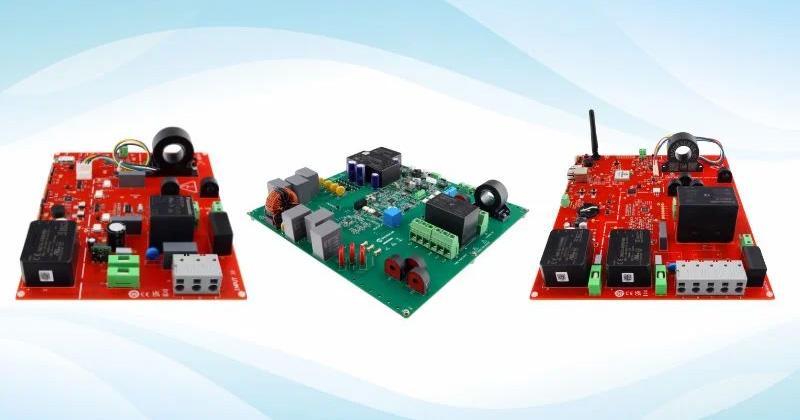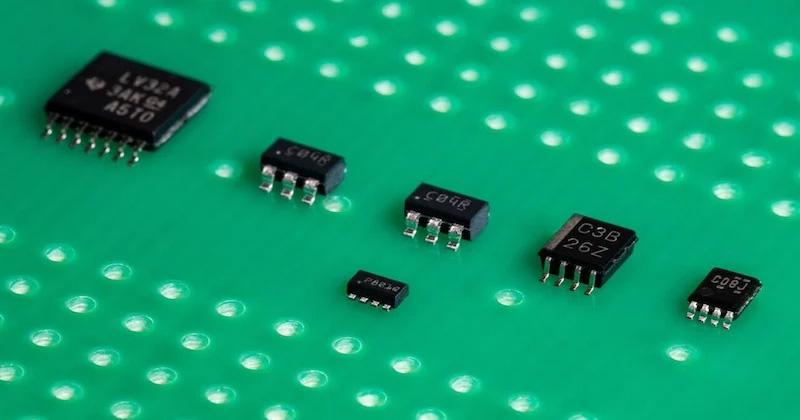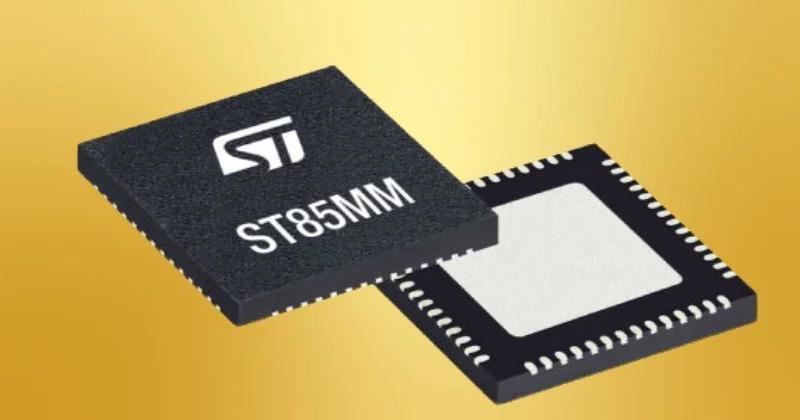
Can the recovery of the chip industry be sustained? The first wave of price increases in the new year is “on the way”
After experiencing the strongest rebound since the 2009 financial crisis, at the beginning of 2024, the stock prices of major U.S. semiconductor manufacturers fell for two consecutive days, and Wall Street's major semiconductor benchmark indexes also fell by about 7% from the historical high set on December 27, 2023. %.
As of the close of U.S. stocks on January 3, in the first two trading days of this year, the stock prices of chip manufacturers such as Nvidia, Qualcomm, AMD, Broadcom, and Arm continued their decline, with declines of more than 4%. Arm, the largest decliner, fell by nearly 10% in two days. , these semiconductor giants also dragged down the U.S. stock PHLX Semiconductor Index.
In 2023, driven by optimism about artificial intelligence and expectations of Federal Reserve rate cuts, the PHLX Semiconductor Index soared 65% for its strongest performance since 2009, far outpacing the performance of the S&P 500 and Nasdaq, which rose 24% and 43% respectively.
The rise of chip stocks in 2023 has also benefited from the fact that memory chip manufacturers have basically bottomed out in production cuts due to sluggish global demand in previous years.
According to a research report by Goldman Sachs, Samsung has cut its DRAM and NAND Flash chip production by 20% to 25% in 2023, and its production reduction plan will be implemented until the second quarter of 2024 until the chip business completely returns to breakeven.
Morgan Stanley estimates that if chip factories reduce production and customer inventory consumption at the normal rate, the industry is expected to reach an inflection point from the end of 2023 to the beginning of 2024.
Sheng Linghai, an analyst at research firm Gartner, told China Business News: "Judging from the overall performance of the industry in 2023, the chip inventory of electronic products such as PCs and mobile phones has been almost exhausted, and it will drive the industry to further recover in 2024."
He Hui, director of semiconductor research at Informa Tech Omdia, a research institute, also holds the same view. She told China Business News: "From a consumer perspective, electronic consumption and mobile phones are expected to perform better in 2024 than in 2023, and memory chips are also seeing a price increase."
According to reports, memory chip giants such as Samsung Electronics and Micron plan to increase DRAM prices by 15%-20% in the first quarter of 2024, and urge customers to plan in advance for future use demand. SK Hynix has officially announced a price increase in October 2023, and plans to increase the contract prices of DRAM and NAND Flash chips sold to manufacturer customers by 10%-20%.
However, the break-even point for manufacturers may not actually occur until later in 2024. Research firm TrendForcre predicts that by the fourth quarter of 2024, memory chips may completely turn from falling to rising and gradually return to normal status.
In 2023, AI chips driven by the demand for artificial intelligence will also usher in an "outbreak year." The stock price of Nvidia, the top supplier of AI chips, has soared more than twice in a year, and its market value has also exceeded US$1.2 trillion, making it the fifth largest company in the US stock market. In the first three quarters of 2023, NVIDIA's net profit soared 6 times to US$17.5 billion compared with the same period last year, making it the big winner in the generative AI boom.
Will AI chip demand continue to be strong this year? In this regard, He Hui told China Business News: "AI is still an important driving force for the rapid growth of the chip industry, especially driving demand for high-end chips."
Sheng Linghai also said that the demand for AI chips will definitely exist, and it remains to be seen to what extent the ban on the sale of high-end chips will affect the company's sales.
Chip companies including Nvidia have begun to respond. At the end of 2023, Nvidia officially launched a modified version of an advanced gaming chip for the Chinese market to comply with U.S. export controls against China. Nvidia said that this gaming chip, called GeForce RTX 4090D, has achieved a "qualitative leap" in performance, efficiency and artificial intelligence-driven graphics, and will be available to Chinese customers starting in January 2024.
In addition, Bank of America global research analyst Vivek Arya recommended in a client report to invest in cloud computing and automotive businesses by holding stocks in companies such as Nvidia, Marvell Technology, NXP and ON Semiconductor. Bank of America believes that chip design companies such as Arm and KLA are also worthy of attention.




